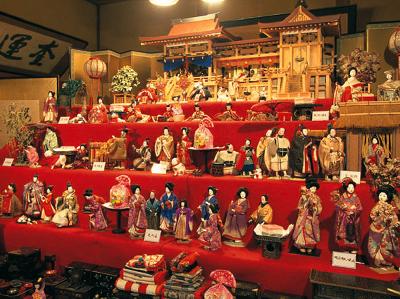|
The Kubo cherry tree is one of a group of 1200-year-old trees in Isazawa, Nagai City, Yamagata prefecture.
By the grounds of the Isazawa Elementary School stands the splendid Edohigan cherry tree, which has been designated as a National Natural Treasure. Its branches reach 9m around and it is 16m tall. Its total length of branches was reputed to have been 63m some 150 years ago.
The name of the Kubo cherry tree comes from the old name of this district. The Kubo cherry tree is also called the Otama cherry tree. Sakanoue-no-Tamuramaro, the Barbarian-Subduing Generalissimo, visited this district and fell in love with a girl named Otama. But after returning to his native land, he received the news that she had died of grief for him. Missing her, he had his followers plant cherry trees near her grave. These cherry trees are said to be the origin of the Kubo cherry tree. Perhaps even now, she still loves him and makes the cherry tree blossom each year.
By the grounds of the Isazawa Elementary School stands the splendid Edohigan cherry tree, which has been designated as a National Natural Treasure. Its branches reach 9m around and it is 16m tall. Its total length of branches was reputed to have been 63m some 150 years ago.
The name of the Kubo cherry tree comes from the old name of this district. The Kubo cherry tree is also called the Otama cherry tree. Sakanoue-no-Tamuramaro, the Barbarian-Subduing Generalissimo, visited this district and fell in love with a girl named Otama. But after returning to his native land, he received the news that she had died of grief for him. Missing her, he had his followers plant cherry trees near her grave. These cherry trees are said to be the origin of the Kubo cherry tree. Perhaps even now, she still loves him and makes the cherry tree blossom each year.
| [+ADDRESS] | 
|












